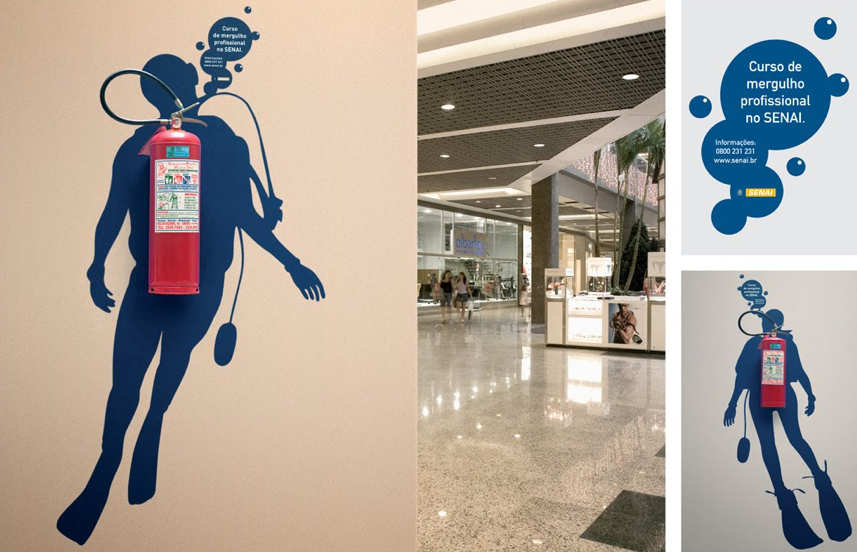A great creative idea doesn't always come from looking at what you need or where you want to get. Many times it's much easier to find inspiration by looking at what you have to work on, or the actual position you're starting from.
Virgin is a conglomerate of many different kinds of businesses. And Sir Richard Branson's brand airline "Virgin America" is well known for not being shy when it comes to marketing communication in order to support it's great slogan "A breath of fresh Airline".
Their spirit complies with this slogan.The clearest evidence for this is the depth to which they're already involved in the online world and it's trends, as can be most clearly seen on their YouTube Channel; containing dozens of videos of all kinds, trying to get the users to spread their word.
Their latest release (just yesterday) is a music video that tells the safety instructions on a plane in a much nicer way. Their are not the first ones on doing something like that (Delta and New Zealand Airlines did it already in a really). But on Virgin they have taken advantage of their know-how in the video-clip industry, and the result is a hundred times better, thanks mainly to an incredibly good production.
Since it's safety instructions, the content it's still boring sometimes, but they have done the best that can be done with such a base. Enjoy:
Virgin is a conglomerate of many different kinds of businesses. And Sir Richard Branson's brand airline "Virgin America" is well known for not being shy when it comes to marketing communication in order to support it's great slogan "A breath of fresh Airline".
Their spirit complies with this slogan.The clearest evidence for this is the depth to which they're already involved in the online world and it's trends, as can be most clearly seen on their YouTube Channel; containing dozens of videos of all kinds, trying to get the users to spread their word.
Their latest release (just yesterday) is a music video that tells the safety instructions on a plane in a much nicer way. Their are not the first ones on doing something like that (Delta and New Zealand Airlines did it already in a really). But on Virgin they have taken advantage of their know-how in the video-clip industry, and the result is a hundred times better, thanks mainly to an incredibly good production.
Since it's safety instructions, the content it's still boring sometimes, but they have done the best that can be done with such a base. Enjoy:



































